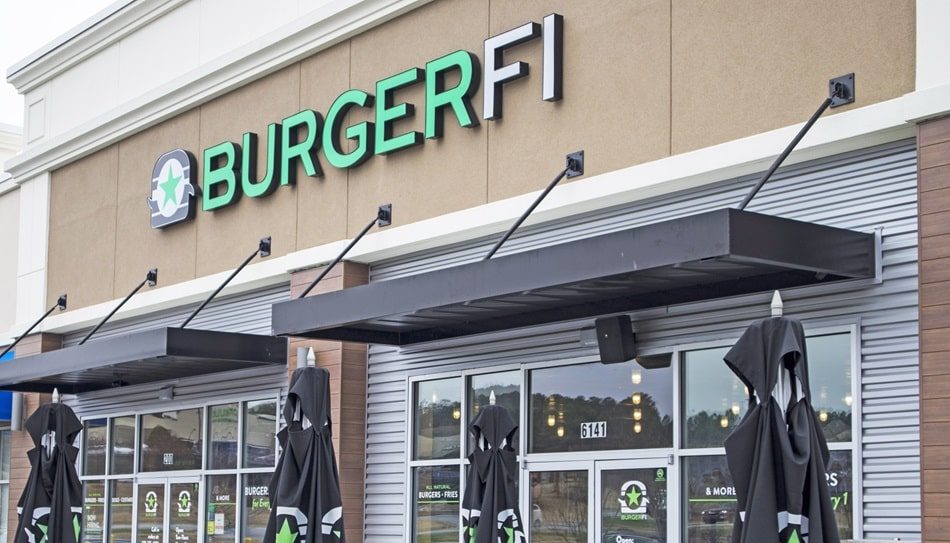BurgerFi has filed for Chapter 11 bankruptcy protection, marking another setback for the restaurant industry as it grapples with economic pressures.
The filing comes just weeks after the company warned investors of “substantial doubt” about its ability to continue operating.
Industry Challenges Force a Tough Decision
Founded in 2011, BurgerFi gained popularity for its commitment to higher-quality burgers made with natural ingredients.
However, like many restaurant chains, it has faced declining traffic, inflationary pressures, and rising interest rates. These factors have pushed numerous restaurants — from independents to franchisees — into financial distress.
Other well-known chains such as Red Lobster and Buca di Beppo have also turned to bankruptcy as a potential lifeline.
The company’s troubles worsened after it went public in 2020 via a special purpose acquisition company (SPAC) deal.
The move to go public was part of a wave of SPAC transactions that promised speed and less regulatory scrutiny compared to traditional IPOs.
However, the anticipated growth has not materialized, with the company facing declining sales and mounting debts. Months after going public, BurgerFi acquired Anthony’s Coal-Fired Pizza & Wings for $156.6 million. This was a deal that, in hindsight, added to the company’s financial burden rather than stabilizing its fortunes.
Financial Overview and Debt Profile
According to its bankruptcy filing, BurgerFi lists assets between $50 million and $75 million. Its total debts range from $100 million to $500 million.
This significant debt load, coupled with declining revenue, has created an unsustainable financial situation for the company.
In the most recent quarter ending April 1, 2024, BurgerFi reported revenue of $42.9 million. It also reported a net loss of $6.5 million.
The company’s namesake burger chain saw same-store sales drop by 13 percent, exacerbating its financial challenges.
As of April 1, BurgerFi operates 162 restaurants across its two brands. About half of those locations are run by franchisees.
Need Career Advice? Get employment skills advice at all levels of your career
A Growing Trend of Restaurant Bankruptcies
BurgerFi’s bankruptcy filing adds to a growing list of restaurant chains seeking court protection in recent months.
The restaurant industry has been severely impacted by rising operational costs. These include food prices and labor, combined with consumers pulling back on discretionary spending.
High interest rates have further strained companies by making borrowing more expensive. This leaves many chains with limited options to manage their debt.
What Lies Ahead for BurgerFi?
Chapter 11 bankruptcy allows BurgerFi the opportunity to reorganize its finances, potentially restructure its debts, and emerge as a leaner operation.
The company will need to convince creditors and stakeholders of its ability to turn things around, which may include closing underperforming locations or renegotiating leases.
Whether the brand can successfully navigate the bankruptcy process and reposition itself in an increasingly competitive restaurant industry remains to be seen.
As BurgerFi looks toward the future, the company’s fate will largely depend on its ability to streamline operations and attract customers back to its restaurants amid tough market conditions.
A Critical Time for the Fast-Casual Sector
The filing underscores the broader challenges facing the fast-casual restaurant industry, where brands are struggling to adapt to changing consumer habits and economic realities.
While BurgerFi’s journey through bankruptcy will be closely watched, its outcome could serve as a bellwether for other chains facing similar pressures.
With the restaurant sector continuing to evolve, BurgerFi’s ability to adjust and respond to current financial challenges may dictate whether it can regain its footing or join the growing list of brands that have failed to weather the storm.




